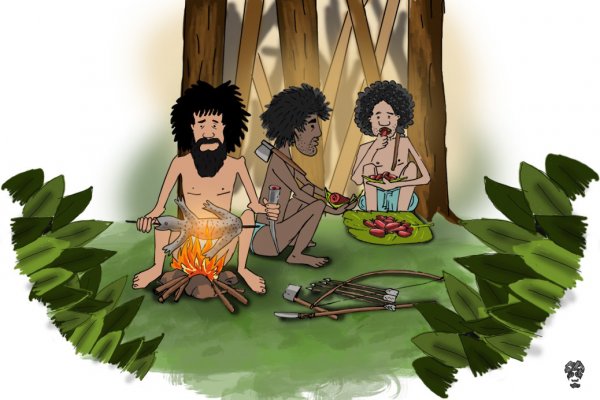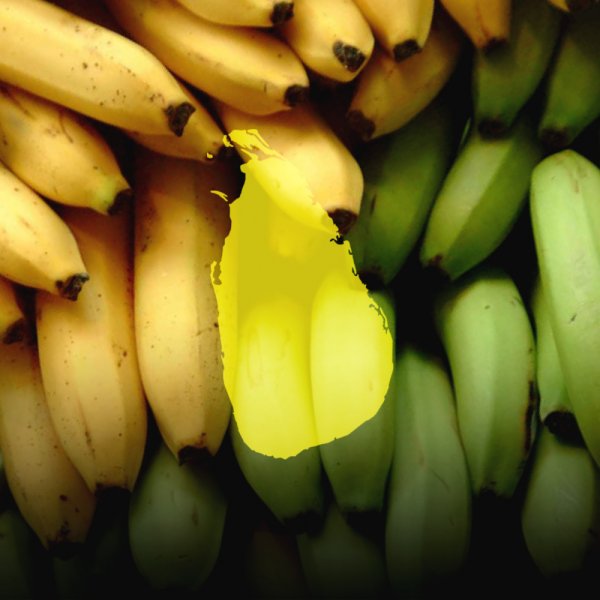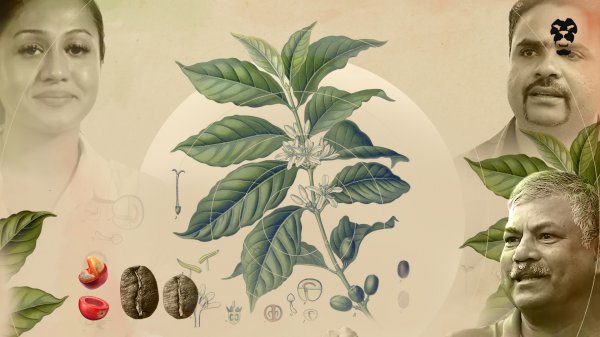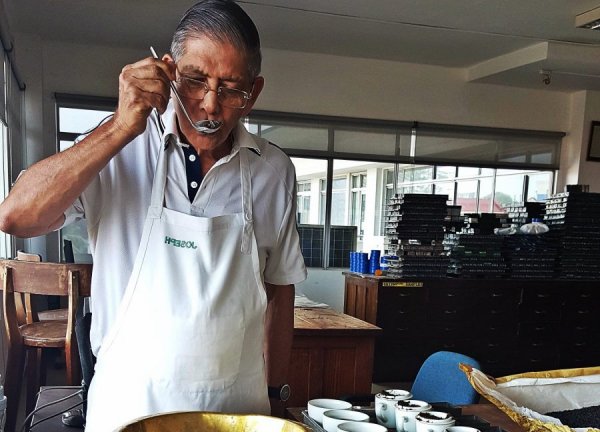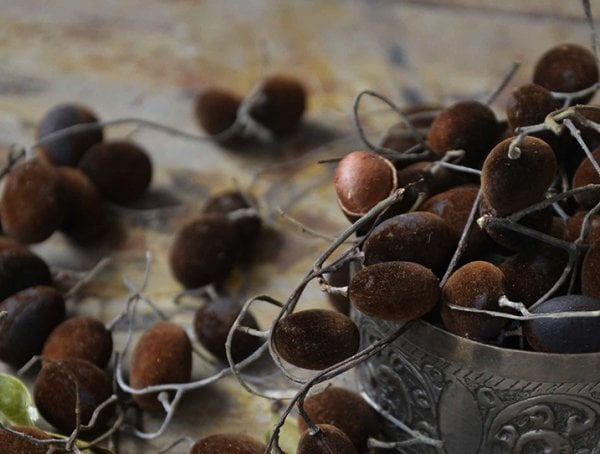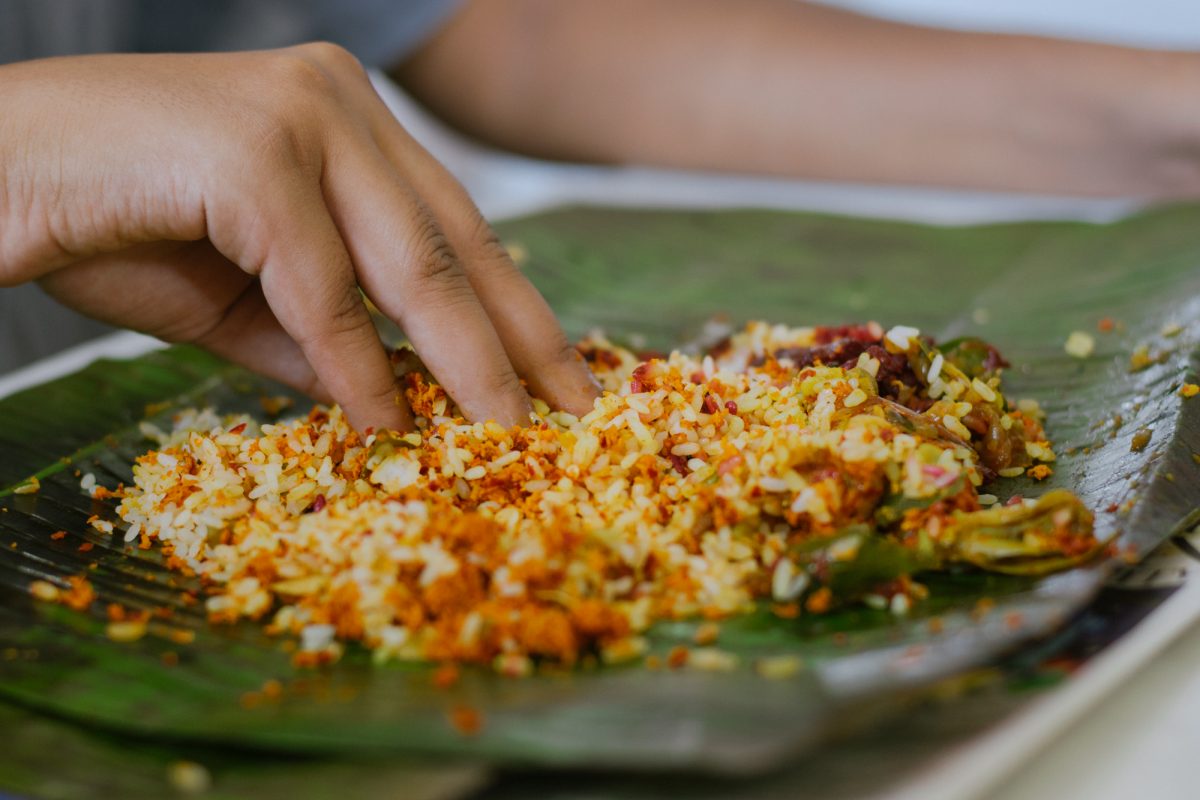
Instinctively, everyone on earth starts their solid-food journey, fingers first. Utensils are introduced along the way, and in time, children are trained to master the art of elegantly poking, slicing, gathering, balancing and shoveling food into their mouths with them. In some cultures, however, such as our own, the use of one’s fingers in the process for eating remains primary, while the use of utensils takes second place.
What Makes The Experience Of Eating With One’s Fingers Unique?
Ask yourself this question as you work through your rice and curry lunch today.
Would we be correct in assessing that there is something decidedly sensuous about being in direct contact with your food? If you use your fingers to eat, you would literally get a feel for the textures of what you are about to consume. You would be able to tell what is going to take some tactful tearing, what parts will be rough against the tongue, what will require some extra chewing, and what will simply slip down the throat with little effort. Your mind gets a moment to prepare itself for each morsel of goodness.

Sitting down to a meal together, minus the cutlery, is considered a sign of being comfortable eating with one another. Image courtesy tampabay.com
Broadly speaking, when families gather together each day in Sri Lanka, utensils are rarely used for eating (though, to be clear, they are always used for cooking and for serving!). It follows that utensils are commonly used for eating in formal contexts, such as at the office, when guests are invited over, or when people dine out. Sitting to eat a meal together, and doing so with the use of one’s hands, is, in our culture, a sign of being truly comfortable with one another. When you go over to your friend’s place for lunch, and the table is laid with all manner of cutlery, if even a few members of his or her family set their cutlery aside and use their fingers to eat their food, you would know that you have been accepted as one of their own.
There is a warm sense of familiarity, even if eating alone, as the act of touching one’s food, and thoughtfully mixing it, using one’s fingers, creates a feeling of intimacy which is, frankly, absent when eating with the use of cutlery.
Are There Benefits To Using One’s Fingers In Eating?
There is much talk of the “health benefits” of using one’s fingers to eat, and so we have touched on a few of them here. However, it must be said that we came across very little (if any) scientific support for these benefits.
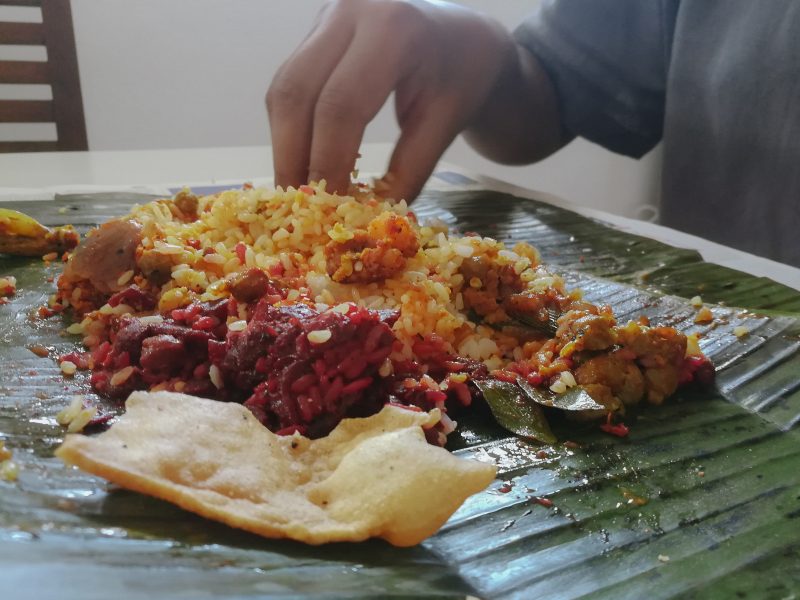
Among the benefits believed to result from eating with one’s fingers are good digestion and a protection against binge-eating. Image credit: Roar/Gazala Anver
Benefit # 1: Good digestion
It is said that when your fingers come into contact with your food, the nerve endings in your fingertips trigger the release of the appropriate digestive juices and enzymes in your stomach, helping your body to more efficiently receive and break down what is consumed.
There is also said to be “normal flora” found in the palms and fingers of the hand. The theory is that when one eats with the use of one’s fingers, the flora in the fingers is swallowed and that this promotes healthy digestion.
A further factor pertaining to eating with one’s fingers, that is said to contribute to good digestion, is the pace at which one eats when using their fingers. It is much easier to eat faster, and to rush from having just eaten, back to the activities of our day, when we use utensils to eat. However, when we use our fingers, there is a process involved, which, naturally, takes a little more time, thus slowing us down, and giving our digestive apparatus more time to get activated.
As stated above, while these certainly are appealing as theories, we have not come across any scientific evidence in support of them.
Benefit # 2: Protection against binge-eating
Some hold that eating with the use of one’s fingers enables the eater to be more mindful about when they eat and what they are consuming, resulting in them becoming more alert to hunger and fullness cues, thus preventing “mindless” binge-eating.
From a practical point of view, when using your fingers, the use of one hand will be solely dedicated to the task of mixing and popping food into your mouth. Therefore, your ability to multitask is reduced, resulting in you being more focused on the task at hand (i.e. enjoying your meal). The theory is that this heightened sense of focus, contributes towards more “mindful” and alert nutrition, in the long term.
Again, while we did not come across any scientific evidence or research to back this position, the claim does make a fair amount of sense, at least from a layman’s point of view!
Benefit # 3: Personal hygiene
It is said that eating with one’s fingers forces one to follow basic hygiene practices, such as washing one’s hands before and after a meal. This is a bit of a tricky “benefit” however, as people can just as easily not wash their hands before or after meals, thus turning this “benefit” into something quite unbeneficial!
Benefit # 4: Ability to sense temperature
Since it is easier to gauge the temperature of food when using one’s hands to pick it up or mix it, prior to consumption, the task of protecting the sensitive inside of one’s mouth from being scalded can be less of a challenge to those who eat using their fingers.
In contrast, it is easy to scald your tongue by being completely oblivious to the temperature of a food item on your plate, if you are using utensils to transport it from your plate to your mouth.
Are There Spiritual Beliefs In Sri Lanka In Support Of Eating With One’s Fingers?
Since Sri Lanka is a melting pot of people from various ethnic and religious backgrounds, and since eating with one’s fingers is practiced in Sri Lanka, across the board, it is interesting to examine it from the various spiritual perspectives prevalent on the island.
According to the Vedas, the body of Sanskrit texts originating in India which form the oldest Hindu scriptures, the actions involved in using one’s fingers in the task of eating are derived from mudras (that is, hand positions) that form the basis for yoga, meditation, and classical Indian dance. As per the Vedas, each finger represents one of the five elements, namely, fire (agni), air (vayu/varun), heaven/space (akash), earth (prithvi), and water (jala). Furthermore, Ayurvedic texts are said to state that human beings are made up of the aforesaid five pranas (life energies).

As per the Vedas, each finger represents one of the five elements. Image courtesy newspropro.com
As such, some believe that when we use our fingers in the process for eating, these five elements work on the food being mixed, or in some way touched, by the hand, to cleanse it of negativity and to prepare it for consumption. From an Ayurvedic point of view, it is believed that an imbalance in any one of the five elements is what leads to disease. Accordingly, some are careful to use their fingers when eating, to put together the elements, to energise their food, and to keep their pranas in balance.
On the contrary, from an Islamic scriptural point of view, the practice is to eat with three fingers. Eating with more than three fingers is said to be a sign of greed and is considered bad manners because there is no need for more than three fingers in order to gather up a morsel of food. It is acceptable to use all five fingers only where the food is light and cannot be gathered using just three fingers.
While many Sri Lankan Hindus and Muslims (and most probably a majority of non-Hindu, non-Muslim Sri Lankans) may not be aware of these spiritual perspectives, we find them interesting, as they bring meaning to an everyday practice, which we, as Sri Lankans, have taken for granted over the centuries.
What Are Some Rules Of Etiquette When Eating With Your Fingers In Sri Lanka?

Apart from constituting basic hygiene, washing your hands before a meal is a must, if you intend to use your fingers. Image courtesy khagta.com
Eating with the use of one’s fingers comes naturally to most people. However, it is understood that many are unaccustomed to it, by reason, perhaps, of their culture or upbringing. Being an island nation, Sri Lankans are generally open-minded, especially when it comes to making non-Sri Lankans comfortable over a meal. It is perfectly normal for both Sri Lankans and non-Sri Lankans to use cutlery if this is what they are accustomed to. However, if the fingers are to be used (and we suggest that they are!), we recommend that the following simple, but important, rules be adhered to:
- The washing of hands both before and after meals (there will always be a sink and some soap in sight).
- The use of the right hand only (though exceptions apply to left-handers, a lot of left-handers in Sri Lanka use their right hand for eating).
- The food not touching any part of the hand above the second knuckle of the fingers (and certainly not reach the palm!).
- Resisting the temptation to lick fingers (as this is considered bad manners).
Eating Sri Lankan food, Sri Lankan style, can be a lot of fun, and is a relaxing (and possibly even healthy) way to enjoy Sri Lankan living. As globalisation does its bit, and people around the world become increasingly interested in trying what is unfamiliar and even exotic, the practice of eating with one’s fingers is bound to catch on, and become a universal phenomenon.
Featured image credit Roar/Nishan Casseem
